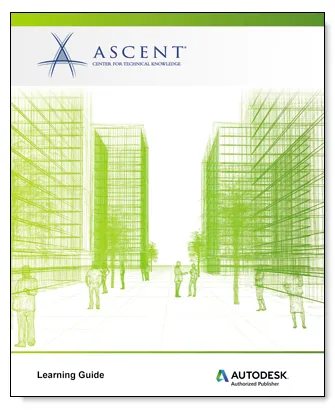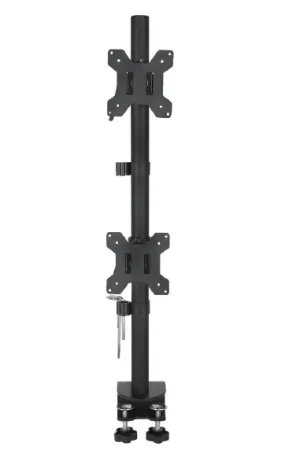This guide is intended to introduce you to the user interface and the basic building components of the software that makes Autodesk® Revit® a powerful and flexible structural modeling tool. The goal is to familiarize you with the tools required to create, modify, analyze, and document a parametric model. The examples and practices are designed to take you through the basics of a full structural project, from linking in an architectural model to construction documents.
Topics Covered:
- Introduction to the Autodesk Revit software
- Basic drawing and editing tools
- Setting up levels and grids
- Working with views
- Starting a structural project based on a linked architectural model
- Adding structural columns and walls
- Adding foundations and structural slabs
- Structural reinforcement
- Beams, trusses, and framing systems
- Analytical models and placing loads
- Project practices to reinforce learning
- Construction documents
- Annotating construction documents
- Detailing and scheduling
Prerequisites:
- Access to the 2021.0 version of the software, to ensure compatibility with this guide. Future software updates that are released by Autodesk may include changes that are not reflected in this guide. The practices and files included with this guide might not be compatible with prior versions (e.g., 2020).
- This guide introduces the fundamental skills in learning how to use the Autodesk Revit software, with a focus on the structural tools. It is highly recommended that students have experience and knowledge in structural engineering and its terminology.

 Cart(
Cart(










